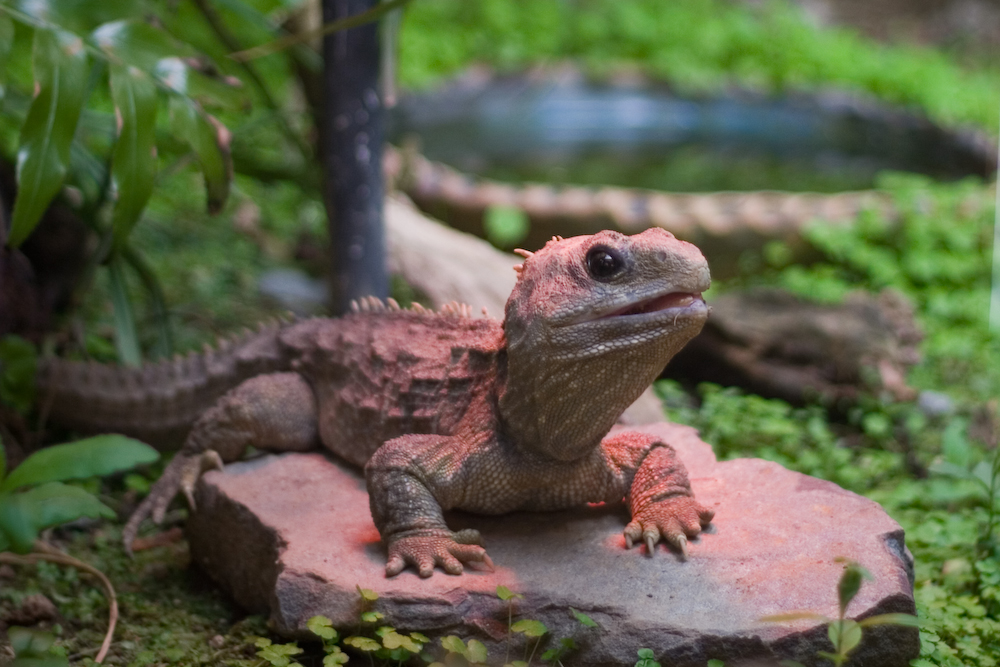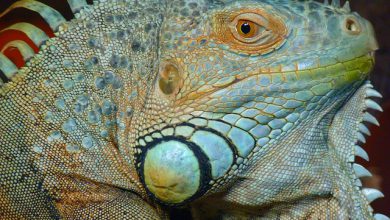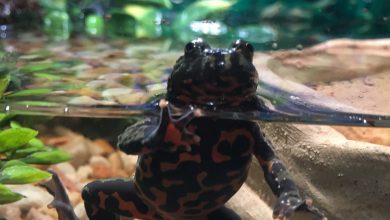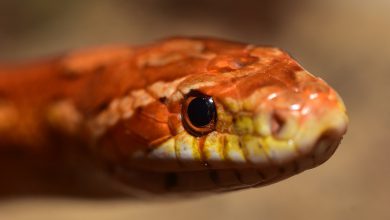Are You Overheating Your Reptile?

Tuatara photo by Amy
Have you stopped to consider that you might be overheating your reptile? If your only actions toward keeping your reptile at the right temperature are a basking light and a thermometer, you’re doing it wrong.
Don’t feel bad. Lots of fellow keepers have misled each other with the misconception that all reptiles need is a horizontal heating gradient with a basking end and a cooler end of the terrarium.
But it turns out that heat doesn’t exactly work that way. Here’s why and what you can do to ensure that your reptile stays at a comfortable temperature.
Horizontal heating gradient is a myth
Okay, so there is a little bit of a horizontal heating gradient, but it turns out that it’s much, much smaller than you might have thought. The majority of your animal’s tank likely stays out about the same temperature, with the area right around the basking lamp being slightly warmer.
Note that we’re talking about air temperature here, not surface temperature.
What that means is that if you put your thermometer directly below the basking lamp, the thermometer itself is going to heat up and read its own surface temperature rather than an accurate temperature of the surrounding air.
The truth is that the lamp does not heat up much of the air outside of its direct lighting area, at least on the horizontal end of the terrarium.
Vertical heating gradient
So what’s actually happening to all that heat coming off the basking lamp? Well, it’s doing what hot air does. It’s rising, like in a hot air balloon.
What that means for your reptile is that all the hottest air is at the top of the terrarium, and the coolest air is at the bottom, except for the part directly under the basking lamp. This is the way heat distributes—vertically, not horizontally.
Now, you may be asking, if all the hot air is at the top, what does that have to do with my snake or lizard overheating? Can’t the animal just stay at the cooler bottom of the tank?
Well, yes and no. Keep reading.
Ventilation in a reptile terrarium
The thing is that your reptile’s enclosure is a closed room. If you’ve ever kept a door closed in an upstairs or attic room in a house, you may have noticed that it can feel quite a different temperature from other rooms because of the same phenomenon of rising hot air that gets trapped in the enclosed space.
Without proper ventilation, the heat from the basking lamp can create warmer air trapped inside the terrarium, causing the overall air temperature to rise, even at the bottom.
The solution to this is to make sure your animal’s enclosure has good ventilation. Unfortunately, many terrariums that are sold do not take ventilation into account well enough. The mesh top may not be enough to create good airflow.
What you can do instead is cut ventilation holes into the sides of the terrarium and add mesh coverings to allow better airflow. To take this a step further, you can even add small computer fans or terrarium fans to pull out the heated air and blow in cooler air.
You can also use evaporative cooling units, like this one sold by ZooMed:
ReptiCooler
Setting up a well-ventilated terrarium will ensure that the enclosed space is not overheating your reptile. And be sure to place a thermometer outside of the basking lamp’s range so that you can read the actual air temperature inside the enclosure.
Find the tools you need to keep your reptile cool and comfortable at these links:
ReptiTemp® Digital Thermostat
ZooMed Digital Thermometer
ZooMed Analog Dual Thermometer/Humidity Gauge
Learn more about advanced tips for keeping exotic pets by following The Tye-Dyed Iguana on Facebook.



